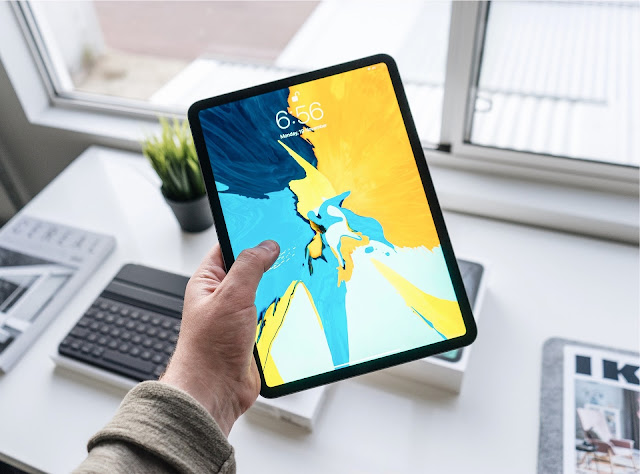Apple has unveiled iPadOS 16 and already presented the first beta for developers. The final version will be released in the fall. But those who want to install it should think carefully beforehand: Although Apple has completely revamped the Home app, the iPad will no longer be able to perform one important function: It will no longer be able to serve as a HomeKit control center.
Until now, Apple has made it possible for HomePods, the Apple TV, and iPads to serve as home hubs. However, with the release of iOS and iPadOS 16 this year, iPads will no longer be supported as Home Hubs.
This means that users will need an Apple TV or a HomePod if they want to use HomeKit and perform automation or use the system on the go.
Why Apple is pruning the iPad of this feature is unknown. There are definitely users who attached an old iPad to the wall with a mount and used it as a control center for the smart home. The Home app still runs on iPadOS, so at least the interface is preserved.
Of course, using an Apple TV or HomePod as a HomeKit hub is much more reliable than an iPad that isn't constantly plugged in and taken away once in a while.
HomeKit will get a major overhaul this year. Support for the Matter standard will make it possible to connect devices from all sorts of manufacturers. Apple has also changed the Home app, which now looks cleaner and offers a new view that displays rooms and accessories on a single page.
iPadOS 16 does away with iPads as a HomeKit hub. Have you used it for that?

Comments
Post a Comment